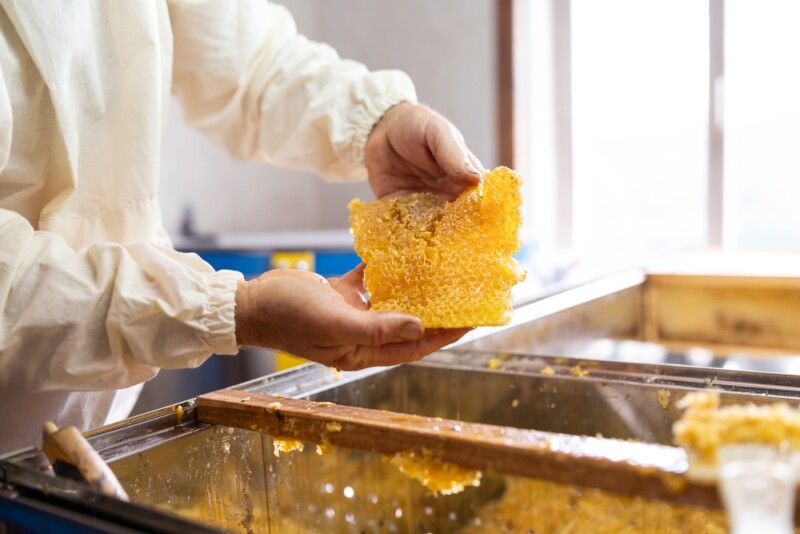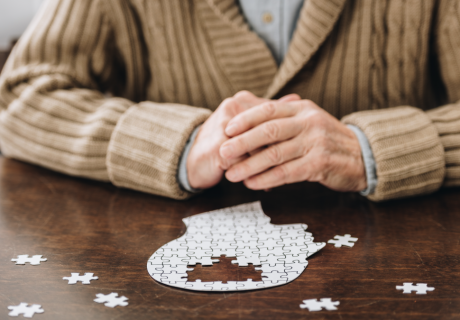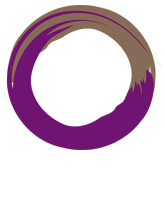Acupuncture for Low Back Pain: Part 1
May 2, 2008
by David Leopold, MD and Robert A. Bonakdar, MD, FAAFPIn many ways acupuncture embodies the ideal integrative treatment modality since it has valid methods of efficacy from both a conventional medical perspective and from within its own discipline. The treatment itself addresses both of the disciplines and the specific pathophysiological components directly. The single treatment therefore has overlapping effect, exerting medical benefits both from a conventional physiological standpoint and also from an acupuncture meridian (TCM) rationale.Acupuncture for low back pain has ample evidence for efficacy1. Although multiple studies and systematic reviews support the treatment2, some recent studies have called into question the efficacy3. However with such large methodological heterogeneity variation in efficacy would be expected. In essence, acupuncture treatment is very difficult to standardize and we believe many studies showing lack of efficacy to be somewhat poorly constructed. The attempt to utilize “sham” or “placebo / minimal acupuncture” often produces a positive effect in and of itself. In fact this trial still showed acupuncture and “minimal acupuncture / placebo” to be equal, yet superior to no treatment. Though somewhat atypical, one RCT found benefits of acupuncture to be present up to two years post treatment4.For these reasons, acupuncture for low back pain, either acute or chronic has had significant clinical success, and is therefore widely regarded by most conventional health care practitioners to be a logical and potentially useful tool in the treatment of low back pain5,6.By treating both the biomechanical aspects and the bioenergetic aspects of low back pain, perhaps we gain a synergistic effect.The Conventional:The physiological aspects of percutaneous electrical nerve stimulation (PENS) are well established, and include:
- elicited twitch response and subsequent reduction of hyper shortened muscles (similar to dry needling and trigger point injection),
- overriding of noxious neuro stimuli by creation of a benign signal “white noise” effects (gate theory) (significantly increased with the use of PENS),
- local, peripheral and central release of endogenous endorphins.
References
- Furlan AD, van Tulder M, Cherkin D, Tsukayama H, Lao L, Koes B, Berman B. Acupuncture and dry-needling for low back pain: an updated systematic review within the framework of the Cochrane collaboration. Spine 2005;30:944–963
- Manheimer E, White A, Berman B, Forys K, Ernst E. Meta-analysis: acupuncture for low back pain. Ann Intern Med 2005;142:651–663
- Brinkhaus B, Witt CM, Jena S, Linde K, Streng A, Wagenpfeil S, Irnich D, Walther HU, Melchart D, Willich SN. Acupuncture in patients with chronic low back pain: a randomized controlled trial. Arch Intern Med 2006;166:450–457
- Thomas KJ, MacPherson H, Ratcliffe J, Thorpe L, Brazier J, Campbell M, Fitter M, Roman M, Walters S, Nicholl JP. Longer term clinical and economic benefits of offering acupuncture care to patients with chronic low back pain. Health Technol Assess 2005;9:1–109
- Eisenberg DM, David RB, Ettner SL, Appel S, Wilkey S, Van Rompay M, Kessler RC. Trends in alternative medicine use in the United States, 1990–1997. JAMA 1998;280:1569–1575
- Long L, Huntley A, Ernst E. Which complementary and alternative therapies benefit which conditions? A survey of the opinions of 223 professional organizations. Complement Ther Med 2001;9:178–185
- Ma, Sheng-Xing. Neurobiology of Acupuncture: Toward CAM. eCAM 2004;1(1)41–47
- Han J S, Sun S L 1990 Differential release of enkephalin and dynorphin by low and high frequency electroacupunture in the central nervous system. Science International Journal (NY) 1:19-23.
- Omura Y 1975 Electro-acupuncture: Its electrophysiological basis and criteria for effectiveness and safety – Part I. Acupuncture and Electro-therapeutics Research 1:157-181.
- Deyo RA; Rainville J; Kent DL What can the history and physical examination tell us about low back pain? JAMA 1992 Aug 12;268(6):760-5.
- Hsieh LL, Kuo CH, Lee LH, Yen AM, Chien KL, Chen TH. Treatment of low back pain by acupressure and physical therapy: randomised controlled trial. BMJ 2006;332:696–700




















SHARE